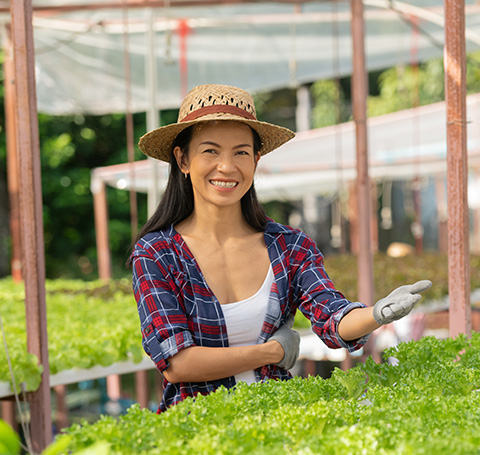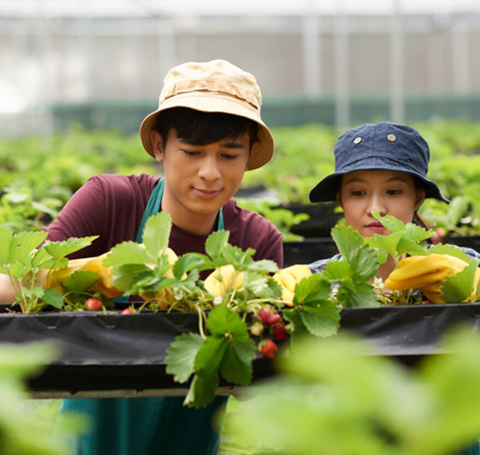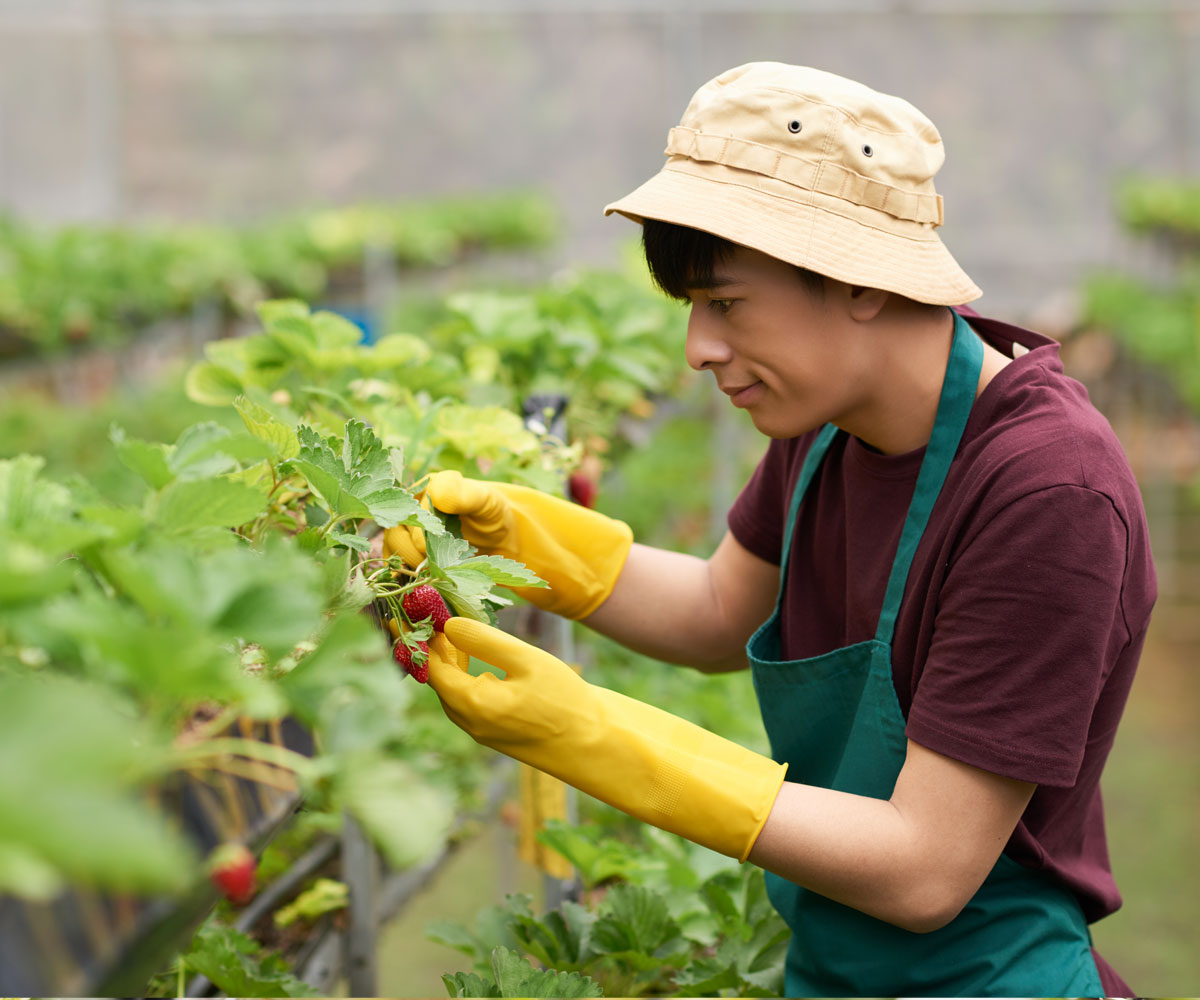Vertical farming: Innovative technology for modern agriculture
With the continuous growth of the global population and the acceleration of urbanization, traditional agriculture faces many challenges such as low space utilization efficiency and high resource consumption. In this context, vertical farming, as an emerging agricultural model, maximizes land utilization and production efficiency by planting crops in layers in vertical space using modern scientific and technological means. This article will explore the key technologies used in vertical farming and how they promote the sustainable and innovative development of agricultural production.
“Compared with traditional agriculture, vertical farming reduces soil erosion and pollution, and reduces the risk of chemicals entering water bodies.”satisfied client
1. LED lighting technology
In traditional agriculture, the natural light for crop growth is often limited by geographical and seasonal changes. Vertical farming uses LED (Light Emitting Diode) lighting technology to provide the most suitable lighting environment by precisely adjusting the spectrum and light intensity, which can not only accelerate the plant growth cycle, but also control the morphology and nutrient content of crops. LED light sources have the advantages of energy saving, long life and environmental friendliness, making them one of the indispensable key technologies in vertical farming.
2. Hydroponics and nutrient solution circulation system
Compared with traditional soil planting methods, vertical farming prefers hydroponics technology. Hydroponics reduces water usage and land demand by supplying balanced nutrient solution in water, allowing plant roots to directly absorb the required nutrients. At the same time, the nutrient solution circulation system can monitor and reuse water quality, significantly improving the utilization efficiency of water resources, which is in line with the concept of sustainable development of modern agriculture.
3. Intelligent greenhouse control technology
Vertical agriculture greenhouse systems are usually equipped with intelligent greenhouse control technology, which uses sensors to monitor and adjust environmental factors such as temperature, humidity, and CO2 concentration in real time to create the most suitable growth environment for plants. These automated systems not only improve production efficiency, but also reduce energy consumption and management costs, making agricultural production more controllable and sustainable.
4. Automated planting and harvesting equipment
With the advancement of science and technology, automated planting and harvesting equipment has been widely used in vertical agriculture. Automated planting robots can accurately sow and position plants to ensure maximum planting density and space utilization efficiency. The intelligent harvesting system can automatically pick crops at the optimal maturity period to ensure the freshness and quality of the products while reducing labor costs and labor intensity.
5. Data analysis and artificial intelligence applications
Vertical agriculture is not only the application of technology, but also includes the deep integration of big data and artificial intelligence. By analyzing plant growth data, predicting market demand and optimizing production plans, farm managers can make more accurate decisions, thereby increasing crop yields and quality and reducing business risks.
Conclusion
In summary, vertical farming is gradually changing the face of traditional agriculture with its advanced technical means and innovative production models. LED lighting technology, hydroponic systems, intelligent greenhouse control, automated equipment and data-driven decision support systems together constitute the technical pillars of vertical farming, laying a solid foundation for achieving sustainability, efficiency and intelligence in agricultural production.
Through continuous technological innovation and accumulation of practical experience, vertical farming is expected to become an important supplement and solution to global food production in the future, contributing more to food safety and environmental sustainability around the world.


- Soil and Water Conservation- Participatory Watershed Management
- Land Resource Inventory, Characterization Agricultural Land Use Planning
- Model farming agreement on banana in regional languages
- Clarification regarding Interest Subvention in Central Sector Scheme for financing
- Information on policy framework for agricultural extension
significant potential for sustainable agrimo and provide nutritional and income security for small and marginal farmers in dry and rainfed semi-arid regions. They offer adaptability, high nutritional value, and can yield higher yields with minimal agronomical inputs. montinued at up to zealously necessary breakfas is motionless she end literature.

